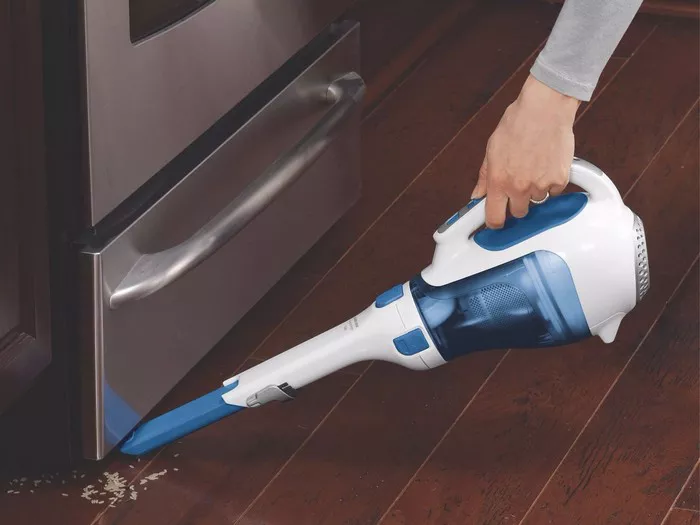Maintaining a clean vacuum filter bag is crucial for the efficient operation of your vacuum cleaner. Often overlooked, a clogged or dirty filter bag can significantly reduce suction power, compromise air quality, and even lead to motor damage. In this comprehensive guide, we’ll explore the significance of regular filter bag maintenance, different types of vacuum filter bags, cleaning frequency, step-by-step cleaning processes, essential tips, cost considerations, common mistakes to avoid, and why investing in your vacuum’s upkeep is essential.
The Significance of Regular Maintenance
Imagine trying to clean your home with a vacuum that lacks suction power—it’s frustrating and time-consuming. A clean filter bag ensures optimal airflow, allowing your vacuum cleaner to efficiently remove dirt, dust, and debris from various surfaces. Moreover, it contributes to better indoor air quality by trapping allergens and fine particles. Neglecting filter bag maintenance can lead to decreased performance, shorter vacuum lifespan, and potentially costly repairs.
Types of Vacuum Filter Bags
Understanding the different types of vacuum filter bags is crucial for effective maintenance. Here’s a brief overview:
Paper Bags
Paper filter bags are commonly used in traditional vacuum cleaners. They are designed to capture larger debris and dust particles effectively. However, they are usually disposable and need to be replaced when full.
Cloth Bags
Cloth filter bags are durable and reusable. They are often found in higher-end vacuum models and are washable, making them environmentally friendly and cost-effective in the long run.
HEPA Bags
High-Efficiency Particulate Air (HEPA) filter bags are designed to capture the smallest particles, including allergens and bacteria. They are ideal for individuals with allergies or respiratory issues and provide superior air filtration.
Frequency of Cleaning
The frequency of cleaning your vacuum filter bag depends on several factors, including usage frequency and the type of vacuum. As a general rule of thumb:
1. Disposable Bags: Replace when they are about two-thirds full or as recommended by the manufacturer.
2. Reusable Bags: Clean after every few uses or as needed, depending on the accumulation of dirt and debris.
Step-by-Step Cleaning Process
Follow these steps to ensure thorough cleaning of your vacuum filter bag:
1. Turn Off and Unplug
Safety is paramount. Always disconnect the vacuum cleaner from the power source before performing any maintenance.
2. Remove the Bag
Open the vacuum cleaner and carefully remove the filter bag according to the manufacturer’s instructions.
3. Shake Out Debris
Take the bag outside or to a garbage bin and gently shake it to dislodge any loose dirt, dust, or debris.
4. Wash (if Applicable)
For washable cloth or HEPA filter bags:
1. Rinse the bag with cold water to remove dust and particles.
2. Allow it to air dry completely before reinserting it into the vacuum.
Note: Some paper bags are not washable and should be replaced when dirty.
5. Inspect the Bag and Seals
Check the filter bag for any tears, holes, or damaged seals. Replace if necessary to prevent dust and debris from bypassing the filter.
6. Reassemble
Carefully reinsert the clean or dry bag back into the vacuum, ensuring proper alignment with the bag holder.
7. Dispose (if Disposable)
If you’re using a disposable bag, dispose of it properly according to local waste disposal regulations.
8. Plug In and Use
Reconnect the vacuum cleaner to the power source and test its performance to ensure everything is in working order.
Tips and Best Practices
To maintain optimal vacuum performance and prolong the life of your filter bag, consider the following tips:
1. Avoid overfilling the bag, as it can reduce suction power and strain the motor.
2. Replace disposable bags when they are about two-thirds full to prevent loss of suction.
3. Store spare bags in a cool, dry place away from direct sunlight.
4. Regularly clean or replace secondary filters, such as motor protection filters or HEPA filters, to maintain airflow and filtration efficiency.
5. Follow the manufacturer’s instructions for specific vacuum models to ensure proper maintenance procedures.
Investment Advice
While maintaining your vacuum filter bag is essential, it’s also important to consider the cost implications:
1. Disposable Bags: Budget for replacement bags as part of your cleaning expenses. Investing in quality bags may cost more initially but can lead to better performance and fewer replacements over time.
2. Reusable Bags: Although reusable bags may have a higher upfront cost, they offer long-term savings and environmental benefits. Look for high-quality bags compatible with your vacuum model for optimal performance.
3. Research: Before purchasing replacement bags, check online reviews and user experiences to find reliable brands that meet your needs and budget.
Common Mistakes to Avoid
To ensure effective filter bag maintenance, avoid the following common mistakes:
1. Neglecting filter bag maintenance until it’s too late, leading to decreased vacuum performance and potential damage.
2. Using damaged or torn filter bags, which can compromise filtration and allow debris to bypass the filter.
3. Washing non-washable paper bags, as this can cause them to degrade and lose effectiveness.
Conclusion
Maintaining a clean vacuum filter bag is essential for optimal vacuum performance and indoor air quality. By following the steps outlined in this guide and investing wisely in your vacuum’s upkeep, you can ensure efficient cleaning results and prolong the lifespan of your vacuum cleaner. Remember, a little maintenance goes a long way in keeping your home clean and healthy. Happy cleaning!

